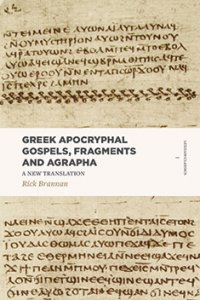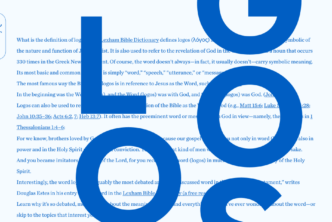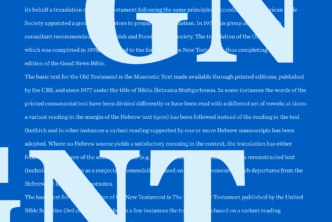
True, it isn’t in the Bible. But that doesn’t mean it has nothing to do with biblical studies. These are some of the earliest evidences we have of how folks were using (what we consider to be) the canonical New Testament text. They were harmonizing it, using it for sermons, expanding upon it, and sometimes even adding their own stories (or stories that had been handed down outside of the NT). This is cool stuff, and it’s important for really getting a grip on how early Christians viewed and used the New Testament text!
That, and I wanted to give an update to those who have already pre-ordered the Pre-Pub because the scope of the project has expanded—but the pricing hasn’t gone up (yet).
So, what’s changed? Of course, you would know all of this if you joined or followed my Greek Apocryphal Gospels group* on Faithlife, but for those of you who haven’t done that yet, here’s the list.
English Translations of Fragments and Agrapha
I’ve translated (or included existing translations) of all the fragments and agrapha. This means—at least for the fragments and agrapha and some of the fragmentary and known gospels (Gospel of Peter and Gospel of Mary fragments, as well as the Greek fragments of the Gospel of Thomas)—English translations will be available. So you will be able to use this resource even if you can’t read or work through the Greek text.
Expanded Fragment Coverage
In addition to providing translations, I’ve also expanded the list of fragments that are included. The initial Pre-Pub listed the following fragments:
- P.Egerton 2
- P.Oxy 840
- P.Oxy 1224
- P.Cairo 10735
- P.Merton 51
- Fayum Gospel Fragment (a.k.a. P.Vindob.G 2325)
In researching the fragments and writing the introduction to the fragments, however, it became clear that some more fragments really should be added. Some of these were not included initially because transcriptions were not in the public domain, and also because images of the fragments were not available for transcription. I’ve since located clear, readable images of certain fragments, so the list is longer. Here are the added fragments:
- Dura Parchment 24
- P.Berol. 11710
- P.Köln 255, which is the bottom corner of fragment 1 of P.Egerton 2
- P.Oxy 210
- P.Oxy 5072
Lots of new stuff, all of it interesting.
When will it be done?
That’s a great question. And the answer is: I don’t really know. The Greek text of the longer Gospel material (Infancy and Passion gospels) is still being worked on (initial capture); the morphological analysis will come after that. I have the bibliography together, though I have occasionally added new entries as the introductions have been written. I’ve written drafts of introductions to the agrapha and fragmentary material (over 40 pages of single-spaced text thus far, with footnotes), and I’m moving into the Gospel of Peter next.
Convinced yet? Check out the Pre-Pub page for the list of stuff included. That, and check out some of the previous posts I’ve written about the Greek Apocryphal Gospels, Fragments, and Agrapha:
- What’s So Cool about Greek Apocryphal Gospels?
- Using Greek Apocryphal Gospels in Your Study (Part 1)
- Using Greek Apocryphal Gospels in Your Study (Part 2)
*Make sure you have a Faithlife user account—you can sign in with your Logos.com account. Then simply join the Greek Apocryphal Gospels group (button to the right of the group name) to get involved with the discussion!




